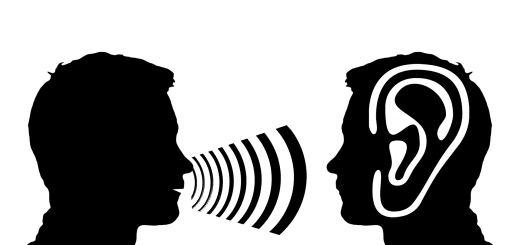What do Adolescents Think about Their Mental Health?
 As rates in adolescent mental illnesses have risen, the question also arises: are teens and young adults aware of this situation? These are the youths being diagnosed and showing symptoms of mental illnesses such as depression and anxiety, but do they think it’s something that only affects them as individuals, or are they noticing these patterns with their peers? What do adolescents consider to be the main problems with their age group?
As rates in adolescent mental illnesses have risen, the question also arises: are teens and young adults aware of this situation? These are the youths being diagnosed and showing symptoms of mental illnesses such as depression and anxiety, but do they think it’s something that only affects them as individuals, or are they noticing these patterns with their peers? What do adolescents consider to be the main problems with their age group?
A recent Pew survey conducted among about 1,000 teenagers found that most of them saw anxiety and depression as the top problems among their peers, with 70% saying that it was a “major problem” and 26% considering it to be a “minor problem.” Only 4% didn’t think that it was a problem at all. This is significantly higher than the rest of the items on the chart: the second highest problem was bullying, with 55% listing it as a major problem, drug addiction at 51%, and less than half of teens listed other topics such as alcohol, poverty, teen pregnancy, and gangs as a major problem.
Despite this awareness, however, adolescents still face many barriers when it comes to discussion with others and seeking treatment. Many hold a stigma when it comes to the stereotypes associated with mental illness, but as they begin to talk more about the topic – even with each other – adolescents are more willing to have in-depth and insightful discussions. Many aren’t able to afford the higher costs of mental health treatment as well, especially for children and young adults. This is something that is almost completely out of the adolescent’s control, because it includes factors such as their caregiver’s health insurance and the government determining how healthcare is funded.
 It’s important that adolescents don’t just know that mental illnesses are affecting their age group, but also think it’s something of high concern. However, this in itself concerning because this awareness may result because they notice the effects mental illness has on them, their friends, and their fellow classmates. This awareness can also be the result of the Internet – both positively and negatively. While social media and cyberbullying can impact the mental health of youths, social media and online resources can also give adolescents a confidential place to learn more about mental illnesses as well as a place to read stories and experiences of their peers who might be going through something similar.
It’s important that adolescents don’t just know that mental illnesses are affecting their age group, but also think it’s something of high concern. However, this in itself concerning because this awareness may result because they notice the effects mental illness has on them, their friends, and their fellow classmates. This awareness can also be the result of the Internet – both positively and negatively. While social media and cyberbullying can impact the mental health of youths, social media and online resources can also give adolescents a confidential place to learn more about mental illnesses as well as a place to read stories and experiences of their peers who might be going through something similar.
The first step in helping adolescents with their mental health is them acknowledging that it’s something that’s affecting them and is a cause for concern. Now that this information is starting to become more public knowledge, it can help adolescents realize that they’re not alone in thinking this, and they can think of ways to start a conversation with their peers and hopefully take the next steps to enact change in how mental health is treated for their generation.
Do you think your peers are concerned with mental health and illnesses? How common do you think are conversations about it in your age group? How do you think adolescents can start conversations with their peers to let them know that they’re also thinking about mental health?




Recent Comments